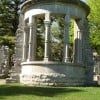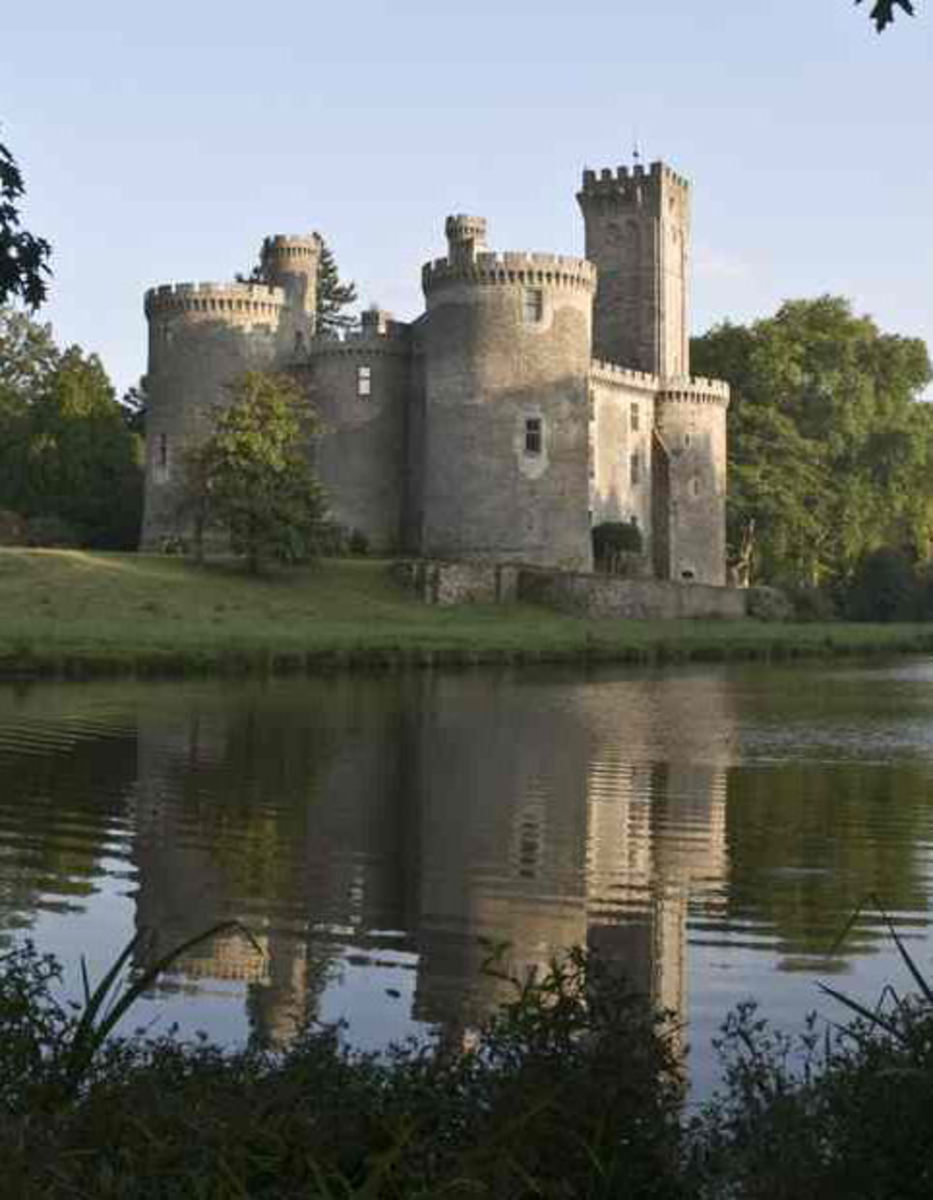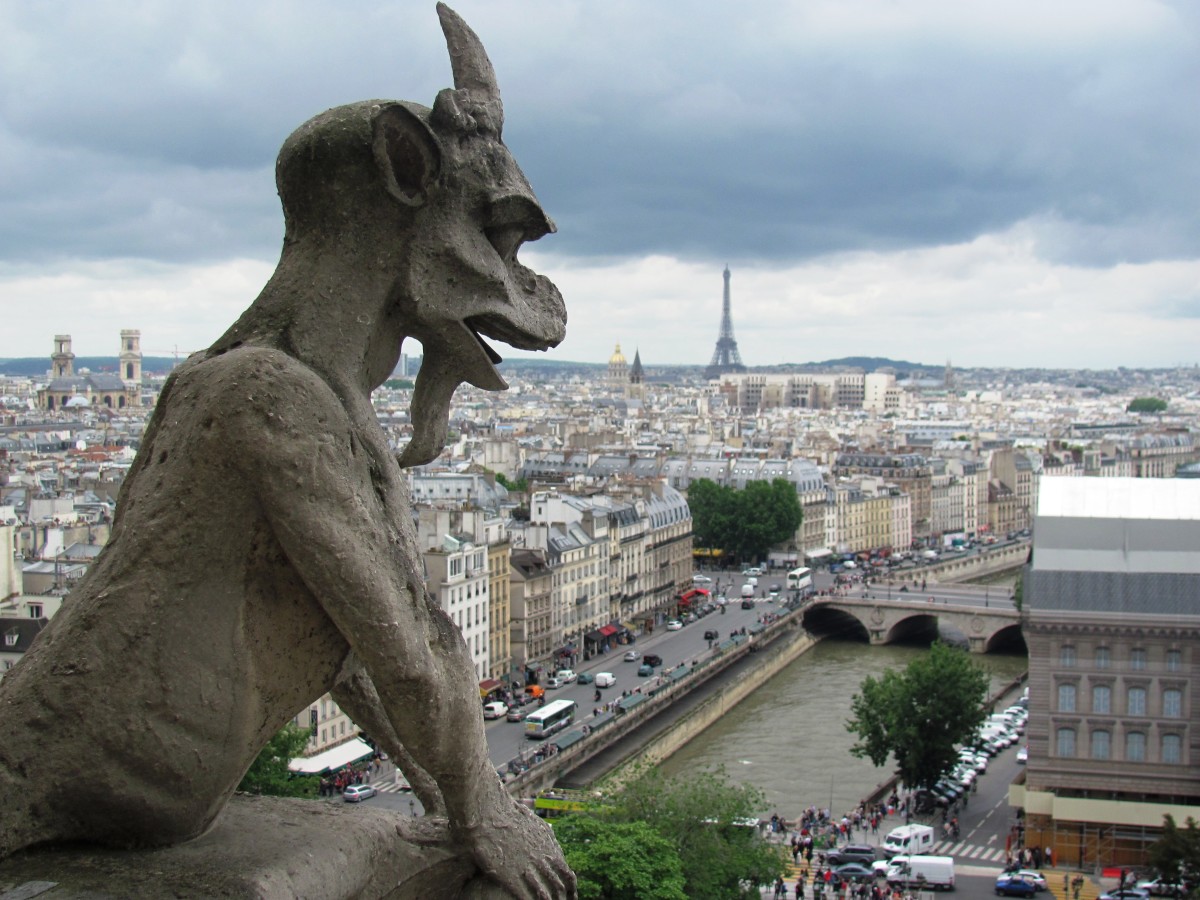Visting Zoufftgen Forest, Moselle, France: Trees, Invisible Lines and Painful Memories
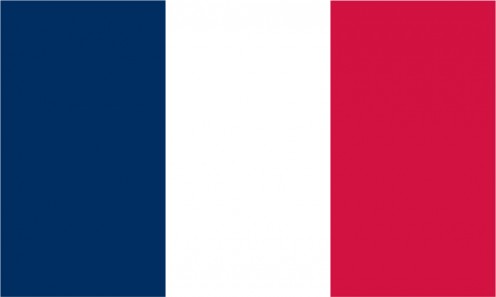
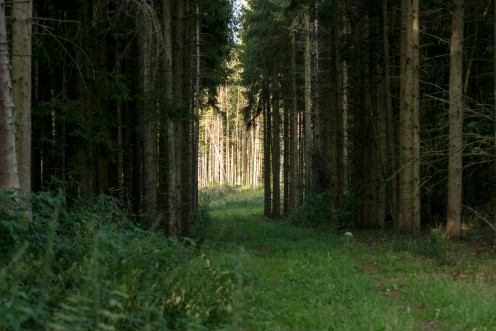
Overlapping memories and lines of mental demarcation
In eastern France, in Moselle department, close to the border with Luxembourg, is a thickly forested area known as the Zoufftgen Forest, or more fully, the Zoufftgen Protected Forest (loosely translated from the French: Forêt domaniale de Zoufftgen).
The Forest contains a mixture of conifers and deciduous trees. Wild boar have been spotted in the Forest. It is administered by the National Forests Office (French: Office national des forêts).
It is an interesting area and has been in the news for various reasons over many years. From 1871 until 1918 it was in an area which formed part of the German Empire, having been acquired by a united Germany under Prussia after the Franco-Prussian War.
Significantly, there is still a map location in the middle of Zoufftgen Forest marked 'Kanonenplatz', indicative of a past, German military installation.
The Forest takes its name from a nearby village called Zoufftgen; and so one might ask: Is this a German spelling?
Actually it is not. There is indeed a correct German spelling and it is Suftgen. After World War One, the incoming French authorities introduced the phonetically Frenchified spelling: 'Zoufftgen'.
Interestingly, in neighbouring Luxembourg the word, if written in Létzebuergesch, is rendered: 'Zuuftgen'.
And so, close to the Franco-Luxembourg border — indeed, on both sides of it — there are various place names which have separate French, Létzebuergesch and German forms, even though today the German forms are not used very much.
Thus, with a local history of changing international borders, and of seemingly perennial linguistic boundaries, Zoufftgen Forest seems to encapsulate overlapping memories and lines of mental demarcation.
One particular set of memories at the Forest is particularly painful. On October 11, 2006 a CFL (2) passenger train collided with a freight train, leading to 6 deaths. A memorial in Zoufftgen Forest, close to the Franco-Luxembourg border, commemorates this tragedy.
April 9, 2019
Notes
(1) See also (in French) : https://www.annuaire-mairie.fr/foret-domaniale-de-zoufftgen.html ; https://www.onf.fr/
(2) CFL represents 'Chemins de fer luxembourgeois'; more fully, 'Société nationale des chemins de fer luxembourgeois'.
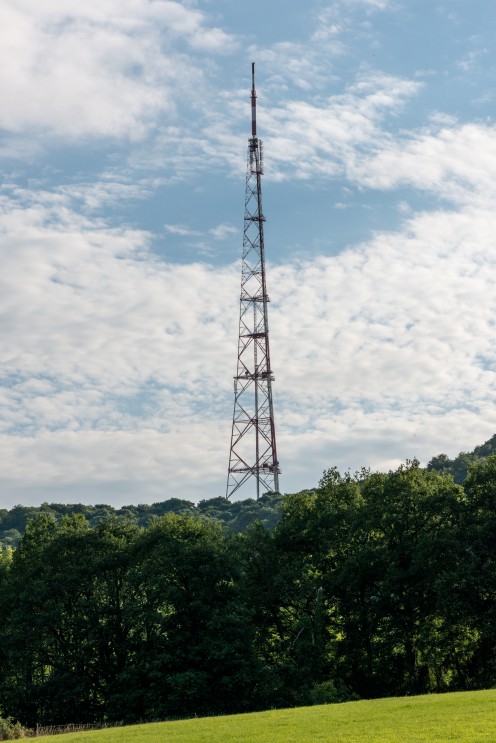
Also worth seeing
Zoufftgen itself has a Gothic styled church building with a tall tower.
Audun-le-Tiche , France (distance: 20.1 kilometres), which is situated adjacent to the border with Luxembourg, has a necropolis museum on a site dating from Merovingian times.
Metz, France (distance: 43.5 kilometres); the Cathedral of St.Etienne is an impressive Medieval building in Gothic style; the Temple Neuf (New [Protestant] church, situated on an island in one of the Moselle River channels, dates from the period of German annexation, prior to World War 1; the monumental railroad station, also built during this period, has memories of French Resistance leader Jean Moulin.
Luxembourg City (distance: 23 kilometres) has many visitor attractions; these include the Grand Ducal Palace, the Pétrusse Valley and the Pont Adolphe; the Cathedral; the striking former ARBED building.
Bastogne , Belgium (distance: 84 kilometres), is visited by many Americans because of its Battle of the Bulge associations.
...
How to get there: The nearest large international airport is Luxembourg (Aéroport de Luxembourg ), at Findel (distance from Zoufftgen: 28.7 kilometres), from where car rental is available. For North American travellers making the London, England area their touring base, airlines flying to Luxembourg include Luxair. Please check with the airline or your travel agent for up to date information. Please refer to appropriate consular sources for any special border crossing arrangements which may apply to citizens of certain nationalities.
MJFenn is an independent travel writer based in Ontario, Canada.
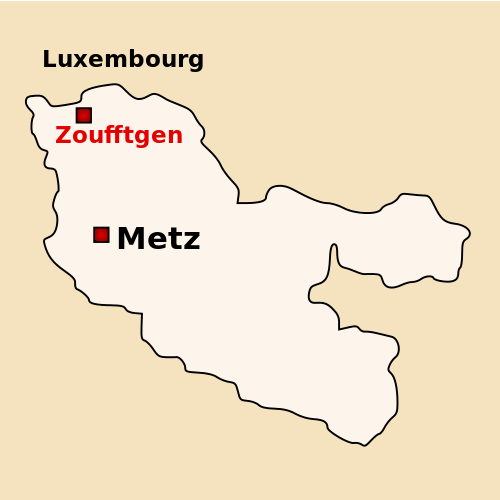
Other of my hubpages may also be of interest
- Visiting Metz, France and Its Monumental Railroad Station: Memories of Imperial Germany and Jean Mou
Metz's monumental railroad station, built when Metz was within the German Empire, has memories of French Resistance leader Jean Moulin. - Visiting Luxembourg City's 'Place de la Constitution': the 'Gelle Fra' and keeping ahead of the depo
In 1919 Luxembourg's Grand Duchess Marie-Adélaïde (1894-1924) abdicated. Subsequently, so did several of her successors as head of state. But Marie-Adélaïde 's departure was different. Hers was not of her own accord. In short, the...
